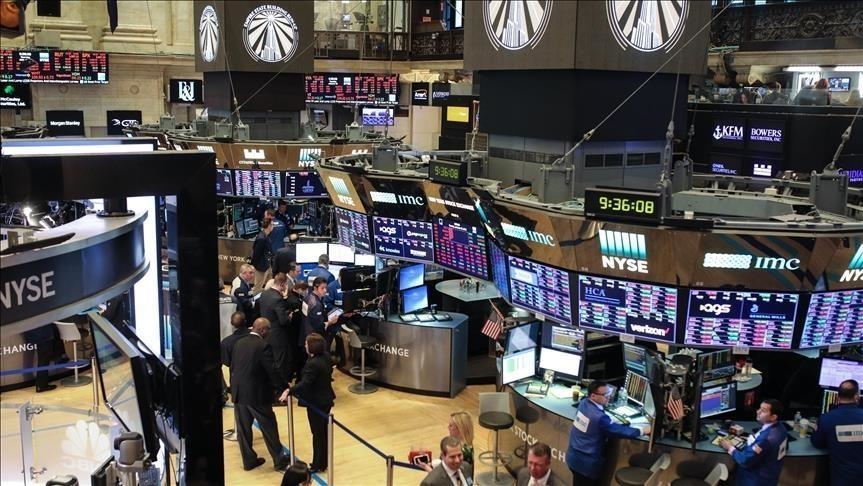Outlook for long-term treasury yields
Just as the US dollar has entered a much more stable path in recent months, so the US Treasury market has been equally comatose and this is keeping yields pretty stable elsewhere.

Government bond markets remain pretty stable, led by treasuries, where the 10-year yield has not strayed too far from the 4% level in recent months.
Government bond markets remain pretty stable, led by treasuries, where the 10-year yield has not strayed too far from the 4% level in recent months. Potentially bearish factors, such as the inflation-generating tariffs, political pressure on the Fed to cut rates, and significant fiscal easing, have failed to knock treasuries out of their stride. But there is still time for these factors to do so. The lack of a full data calendar also hampers the Fed and the markets. The fact that there will be no more payroll data until after the December 10th FOMC meeting could reduce the chances of a December rate cut. The most recent numbers, which date all the way back to September, proved inconclusive.
On top of this, the Fed seemingly faces the problem that there is an increasing dichotomy in the economy as AI-related activity surges ahead, but the rest of the economy looks pretty moribund. Tracking estimates for Q3 GDP currently suggest that a 4%- or more – annualised gain is achievable and, again, it seems likely that AI-related investment will be a significant factor. Q4 growth will be a bit of a washout due to the government shutdown but there should be a rebound in Q1.
The very front end of the treasury market will have to cope with all of these cross currents while, further down the curve, there could be fiscal challenges to bear in mind as well should billions of dollars in tariff revenue be jeopardised by an adverse ruling from the US Supreme Court. In all, Steven Barrow, Head of Standard Bank G10 Strategy still expects more Fed easing, to take the target range down to 3-3.25%, but with no improvement in the longer end of the treasury market. Indeed, he still sticks with his view that the next ‘big figure’ for 10-year treasury yields is more likely to be 5% than 3%.
In contrast to the considerable uncertainty about near-term Fed policy, the ECB’s monetary choices seem very clear indeed to the market. It is priced for no change in ECB policy rates for as far as the eye can see. The current 2% deposit rate is seen as appropriate by the market and many ECB members seem to take a similar view.
While that might be true for now, Steven Barrow continues to harbour thoughts that the Bank could be forced to ease again next year due to sub-target inflation. One source of lower prices seems likely to come from rapidly moderating wages. The ECB data that tracks wage deals as they come through shows a rapid fall with last week’s data for Q3 sliding to 1.87% from just over 4% in Q2. While the data are quite volatile and only one amongst a number of wage indicators, he thinks it sends a warning signal to the ECB that inflation could notably undershoot the 2% target next year. The Bank already forecasts an undershoot as its 2026 assumption is 1.7%.
“We think it could be lower still and also feel that sub-target inflation could last for some time. While we don’t doubt that it could still take some persuading for certain members of the ECB to come around to the idea of a rate cut, or cuts, we do see action in the first half of 2026 to take the deposit rate down by at least 25-bps”, said Steven Barrow.
The Bank of England should also see the room open up for more base rate cuts as inflation comes down. For all the focus on the potentially growth-sapping consequences of this Wednesday’s budget, the Chancellor is also slated to announce measures that will bear down on inflation. Rail fares will be frozen and energy bills are expected to receive government help as well.
Clearly the Bank of England could look through these as largely temporary measures but Steven Barrow believes that knowing the full details of the budget was the only impediment to a 25-bps base rate cut last time. Instead, the Bank should deliver the cut in December. While that is almost fully-priced by the market, he sees the market prediction for the terminal rate, at close to 3.5%, as being slightly higher than the likely outcome. This being said, he is not optimistic that longer-term gilt yields will fall materially given factors such as budget pressures, robust treasury yields and BoE quantitative tightening.








